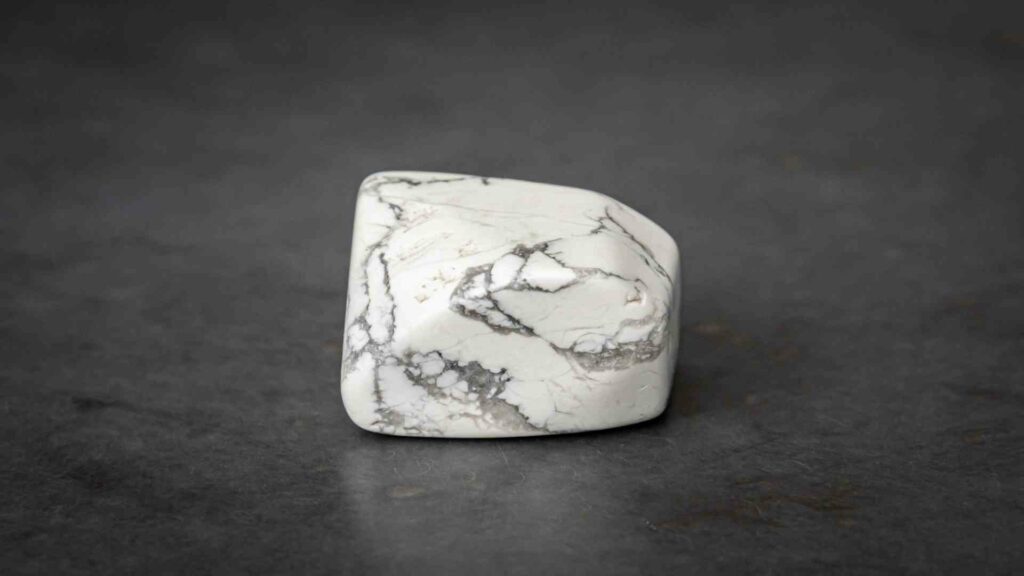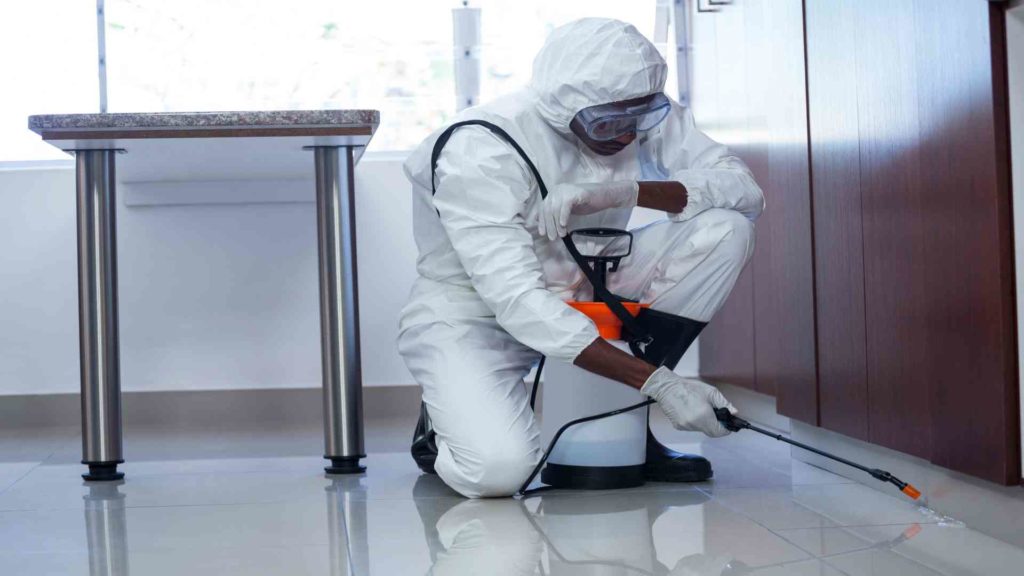Boric Acid Global Market to Expand by 321.1 Thousand MT
The boric acid global market is projected to grow by 321.1 thousand MT, or a CAGR of 4.68%, during 2020-2025, according to Technavio’s market analysis report shared on yahoo finance. This growth is due to its wide range of applications in various industries such as agriculture, construction, textile, glass, ceramic, and pharmaceuticals.

Boric acid
The Boric Acid Market
Boric acid is a white, crystalline, or granular powder with the chemical formula H3BO3. It is widely used in pest control, wood preservatives, flame retardants, ceramics and fiberglass, and as a dietary supplement.
Additionally, the building and construction sector industries use boric acid as it possesses fire-retardant characteristics, making it a perfect substance for construction projects.
Due to its radiation resistance, the compound is also utilized in the nuclear sector. Building and construction industries are predicted to account for a sizable portion of the global boric acid market in the coming years.
Tier I and Tier II suppliers and producers dominate the industry with their production and distribution network facilities dispersed across numerous zones in North America, Latin America, Europe, Asia Pacific, and Middle East & Africa.
Distribution is via the wholesale, retail, and e-commerce sectors for boric acid. The wholesale and retail sectors previously had a sizable portion of the global market. However, it is believed that the e-commerce industry will increase due to the trend of online purchasing, discounts, and shorter delivery times provided by distributors.
Boric Acid Market Analysis
As per the maximize market research, the boric acid global market will reach US $1160.89 Mn by 2029 with a CAGR of around 5.9% during 2021-2029. This increasing demand is attributed to its use in applications
- As fungicide and pesticide to correct boron deficiency in wheat and rice plants.
- As a preservative for wood items to safeguard them from fungus and insect attacks.
- As the stabilizing agent and dietary supplement in packaged foods.
- In glass compositions to lower melting points and improve thermal performance, mechanical properties, and aqueous and chemical stabilities.
- As a reinforcer for dolomite-based refractory bricks.
- As a binder for producing magnesia-based refractory bricks in steel-smelting burners.
- In producing electronic glasses, glass-ceramic composites, and optical lenses.
- In manufacturing ceramics to increase the yield strength, scratch and chemical resistance of ceramic goods, including porcelain, dinnerware, wall, and floor tiles, and enameled devices.
Other market expansion factors include increasing demand for energy-efficient products, cosmetics, and the pharmaceutical industry.
Has Covid-19 Affected the Boric Acid Global Market?
The global boric acid market witnessed a sharp decline in demand and production owing to the outbreak of the COVID-19 pandemic.
Boric acid supply and demand were profoundly impacted due to the shutdown of many manufacturing plants, also driven by travel and trade restrictions. This further resulted in a lack of raw resources, which made production even more difficult.
Global Boric Acid Market Categorization
Regional Insights
The global market is classified into five geographic regions: North America, Latin America, Europe, Asia Pacific, and the Middle East and Africa.
Asia-Pacific had the biggest market share in 2021, contributing 32% of the total.
To maximize market research, regional growth is anticipated to be strong, with a CAGR of 14.1% from 2021 to 2029.
In growing nations like India and China, the Asia-Pacific region is experiencing increasing urbanization and population growth that further leads to an increase in construction-related activities, which call for producing textile fiberglass. Increasing demand in the agricultural sector also drives this region’s demand for H3BO3.
In 2022, the global boric acid market’s second-largest share belonged to the North American market. The expanding usage of fiberglass drives the market in this region in the automotive, construction, and pharmaceutical industries.
The expanding cosmetics sector has also been a significant factor in the market development. During the forecast period, the North American boric acid market will expand at a CAGR of 5.2%.
During the forecast timeframe, the European boric acid market will expand at a 9% annual rate. Much fiberglass and laboratory equipment is made with boric acid. Additionally, the production of fungicides and pesticides uses this compound extensively.
End-Use Analysis
The global market is classified into six end-use industries: Agricultural, Building & Construction, Pharmaceuticals, Chemical, Nuclear, and Others.
Regarding H3BO3 consumption, the pharmaceutical industry dominates the market and contributes to a 10% annual rate. After the pandemic, an increase in hospital and clinic usage and other reasons have also contributed to this expansion.
H3BO3, as an ingredient in pharmaceutical products, cosmetics, lotions, soaps, mouthwash, toothpaste, and astringents, in addition to its uses in industrial production and processing, are other factors driving the market.
Application Analysis
Several applications use boric acid: Wood preservatives, pest control, ceramics and fiberglass, flame retardants, dietary supplements, and others.
The use of boric acid in manufacturing ceramics and fiberglass is the largest market category, with demand for glass in the medical and research industry. Over the projected period, the glass end-use category will lead in revenue terms by 15%.
Additionally, glass production uses H3BO3 as a raw resource, boosting demand in this market. The ceramic market will grow at a sizable CAGR throughout the projected period.
Purity Analysis
Based on purity, the global market is classified into less than 99% and more than 99%.
The category with a market share greater than or equal to 99% is the most dominant, with an annual growth of 6.7% over the anticipated period.
A white powdery product with more than 99% borax is also known as sodium tetraborate, sodium borate, or disodium tetraborate. It is frequently utilized as a household cleanser and laundry detergent enhancer. It contains boron, oxygen, and sodium in combination.





